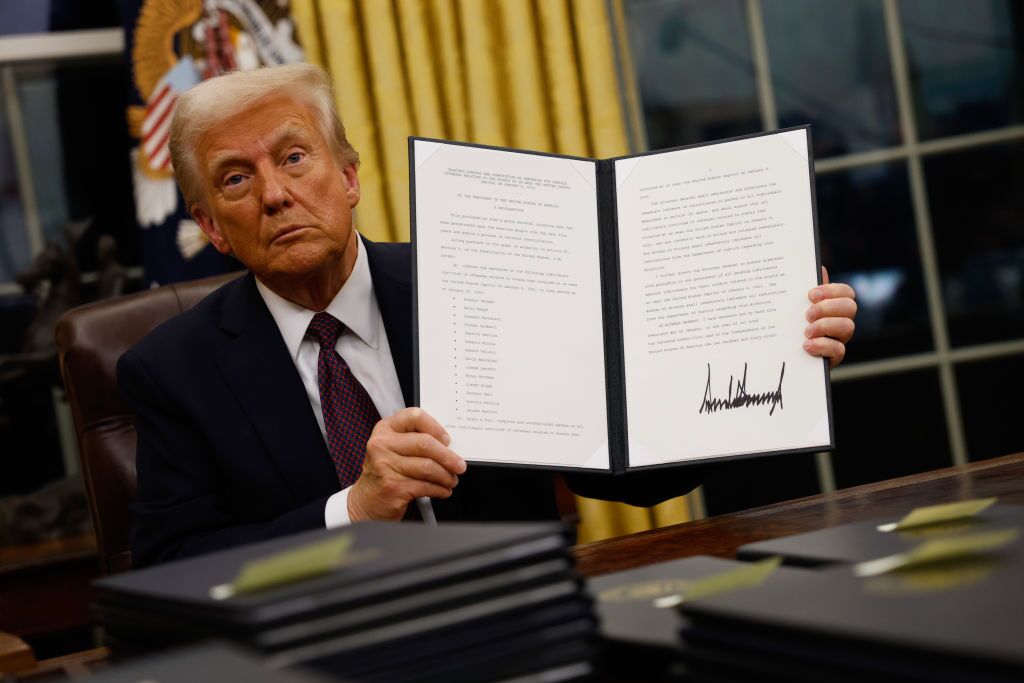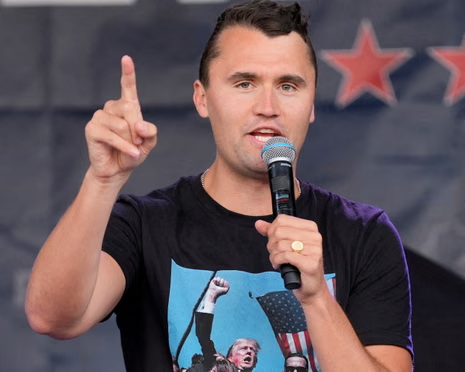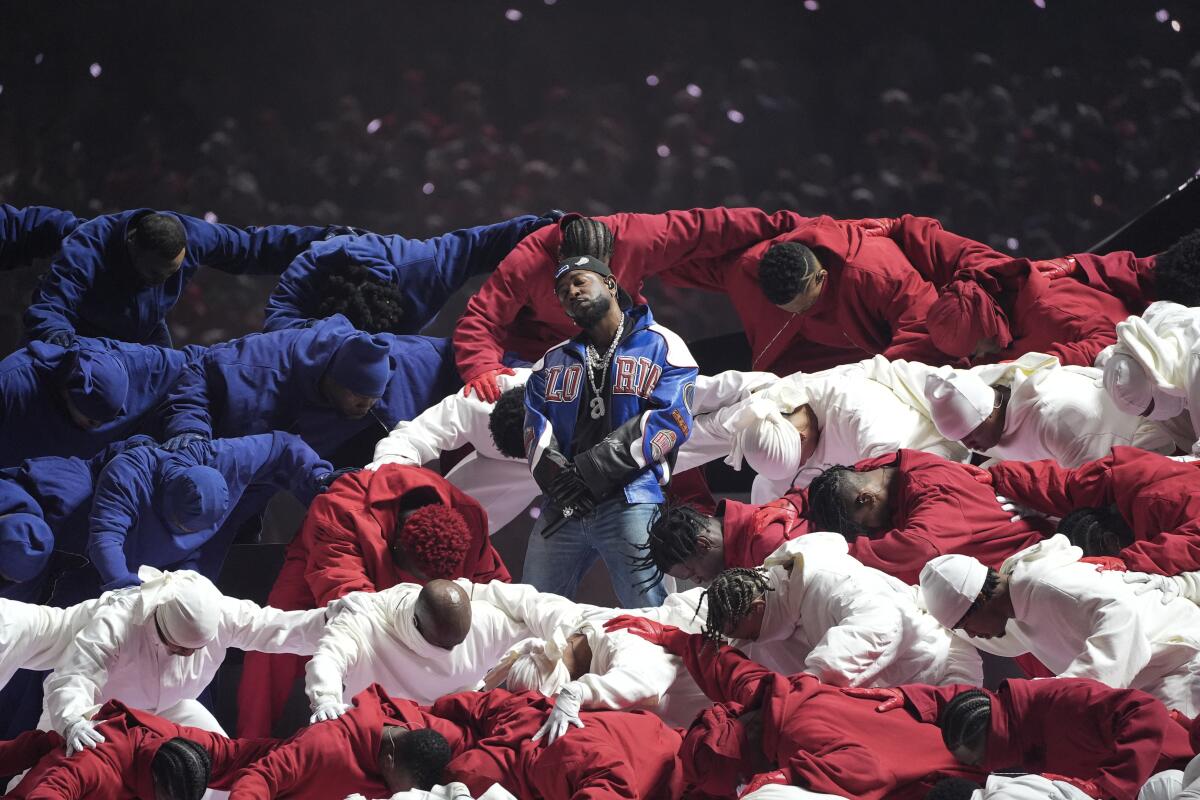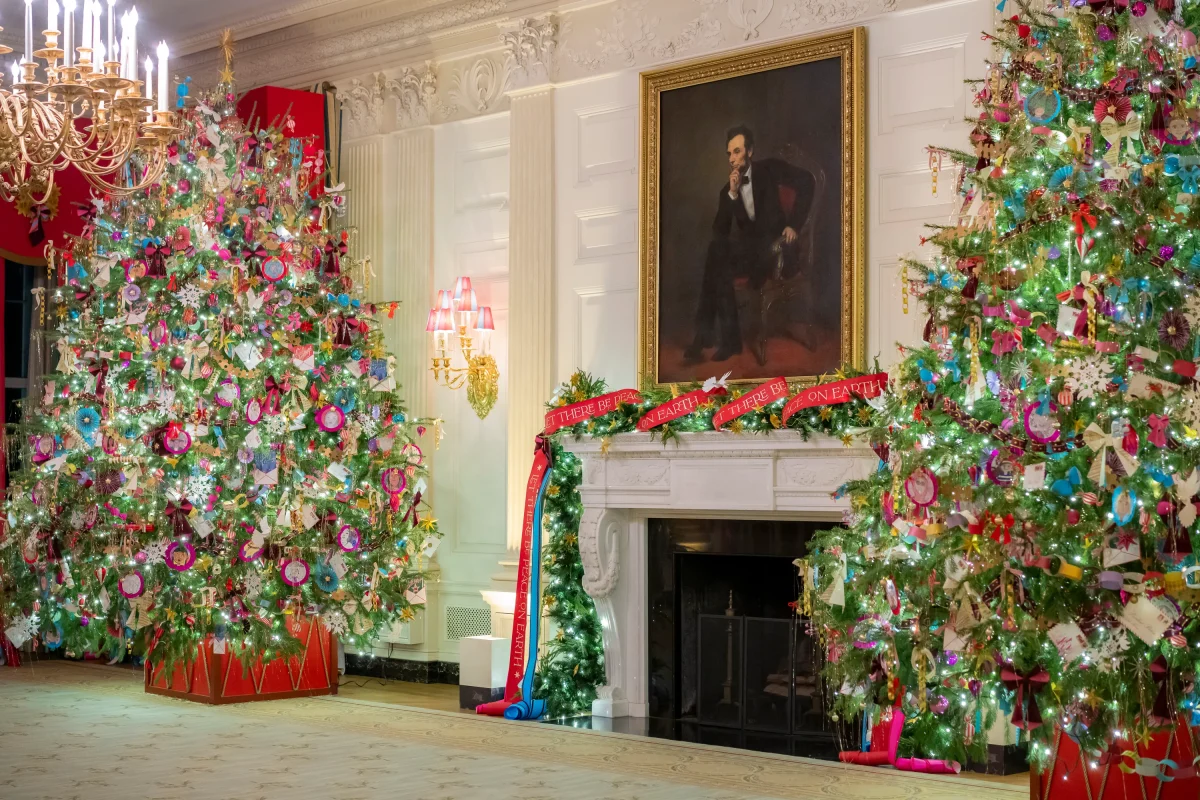Almost immediately after Donald J. Trump was sworn in as the 47th president of the United States, he began signing a barrage of executive orders, signing 46 on his first day in office. Experts have warned that many of these could be considered an overreach of executive power. Here is a breakdown of some of the most impactful orders signed:
- Freezing all federal hiring and firing federal employees:
President Trump has prevented any federal agency from hiring new workers, except for members of the military, or workers engaged in immigration enforcement, national security, or public safety. This is a part of the Trump administration’s attempt to shrink and streamline federal agencies. Along with this, the administration has also fired over 30,000 federal workers, and the Department of Government Efficiency (DOGE) has sent emails asking federal employees to detail five things that they did in a certain week. While the Trump administration claims that this will reduce bureaucratic bloat, the firings have been indiscriminate and have often targeted essential employees. Just recently, DOGE laid off nuclear safety experts. While they were later rehired, it sets a dangerous precedent that, no matter how essential to safety or basic function a person’s job may be, federal employees are constantly in danger of being fired for no reason.
- Attempt to end birthright citizenship:
This order is one that constitutional experts anticipate will have immense legal backlash. Birthright citizenship is outlined in the 14th amendment of the Constitution, and guarantees those born in the United States (or on US military bases outside of the country) US citizenship. President Trump has attempted to end this due to his belief that pregnant mothers from other countries are abusing this amendment and traveling to the United States only to give birth. This is a blatant attempt to exert executive power over the Constitution, and will undoubtedly be challenged by the courts.
- Terminate all DEI programs across federal agencies:
This order has already had an immediate effect. The United States Military Academy at West Point has ended affinity groups, like ones for queer, Black, female, or Latino cadets. Additionally, the Pentagon and other governmental agencies deleted pages on anything deemed “diverse,” such as the Navajo Code Talkers and the Tuskegee Airmen. The deletion of these pages has been not only an attempt to erase history, but has also been executed with stunning broadness. A page on the Enola Gay, the bomber that dropped the atomic bomb on Hiroshima, was deleted, seemingly for no other reason than the word “gay” was on that page. Trump has stated his views that DEI, an acronym for diversity, equity, and inclusion, programs prevent the most qualified candidates from getting jobs or promotions.
- Deport illegal immigrants and some legal residents:
Trump, following through on his campaign promises, has begun to arrest and deport immigrants. He has invoked the obscure Alien Enemies Act of 1798, which is explicitly supposed to be used in wartime, to justify these deportations. Some of these immigrants are being sent to Guantanamo Bay, the infamous prison that held many of those accused of perpetrating the September 11th terrorist attacks. Gitmo, as it is commonly called, has become notorious for being a legal black hole. Many of the accused terrorists have been held there without a full trial since the War on Terror, and there have been seriously disturbing reports on torture inflicted on these imprisoned detainees. Sending these migrants to Guantanamo will exempt them from most United States laws (the Guantanamo Bay Base is located in Cuba), and the administration may take advantage of this lack of legal protection to hold migrants there indefinitely. Some other migrants have been sent to the “Terrorism Confinement Center” in El Salvador. These migrants have been accused of being members of MS-13 or Tren de Aguara, two gangs. The administration has instructed immigration officials to flag immigrants with tattoos that would mark people as members of either of those gangs. While MS-13 does have recognizable tattoos, Tren de Aguara does not. This has already led to mistaken arrests, with Kilmar Abrego Garcia, a man with legal protected status who lives in Maryland, being sent to this center, despite him never being charged with any crime. The Trump administration has also been targeting student activists, like Mahmoud Kahlil and Rumeysa Ozturk, who were arrested by ICE, seemingly for participating in protests in support of Palestine. Mr. Kahlil is a permanent resident with a green card, and Ms. Ozturk is in the United States legally on a Student Visa. The official justification for the arrest of these two individuals was that they were supporting terrorism and antisemitism. However, Mr. Kahlil has spoken out against antisemitism, and Ms. Ozturk merely wrote an op-ed in Tuft University’s student newspaper to ask the university to divest from Israel. Neither had been accused of any crimes.
- Withdrawing the United States from international bodies:
President Trump has withdrawn the United States from both the World Health Organization (WHO) and the Paris Climate Agreement. The World Health Organization is a body of the United Nations that focuses on public health and disease response. President Trump has long criticized the WHO for the handling of the COVID-19 pandemic. Withdrawal from this organization would mean that the CDC would not have access to data shared by other countries. Lawrence O. Grostin, who is a public health expert at Georgetown, warns that the US withdrawal is “a grevious wound” to American public health, but an “even deeper wound to American national interests and national security”. The Paris Climate Agreement is an international accord that seeks to prevent catastrophic climate change. The United States joined the accord, along with 189 other countries, in 2019. President Trump withdrew the United States from the accord during his first term, but former President Biden later rejoined. President Trump has long spoken against the accord, calling it “terrible, one-sided… [and] a total disaster for our country”.
- Shuttering the United States Agency for International Development:
The United States Agency for International Development, or U.S.A.I.D., was an agency that sent aid to developing countries, mainly related to disease or disease prevention. The scope of this agency was vast, covering everything from disease prevention in Africa, to maternal health care in Zambia, to relief in Ukraine. The shuttering of this agency has left many who depend on aid from U.S.A.I.D. extremely vulnerable, with U.S.A.I.D. itself estimating that over 18 million more people will die from malaria, one million children will not be treated for severe malnutrition, and 200,000 million children will be paralyzed by polio. U.S.A.I.D. has long been a source of so-called “soft power”; the diplomatic power of a country that is measured by things like humanitarian assistance and not military power. Critics fear that the loss of this soft power could have diplomatic consequences, especially since the United States has been pushing away long-time allies.
- Designate English as the official language of the United States:
The US had never had an official language until March 1st. This move is largely symbolic, as all the United States’ founding documents, like the Declaration of Independence and the Constitution, were originally written in English. The majority of United States citizens speak only English at home, but nearly a quarter speak another language, with nearly 42 million consisting of Spanish speakers and 3 million Chinese speakers (New York Times). Many critics fear that this is a way to marginalize specifically non-white immigrants further.
Due to the insane volume of executive orders signed in the first few weeks by President Trump, this article cannot reasonably cover all of them. For access to the full list of executive orders, please visit whitehouse.gov/presidential-actions/. For an easy breakdown of some of the most influential actions, please visit https://www.nytimes.com/2025/01/20/us/politics/trump-ex
ecutive-orders-list.html?searchResultPosition=2.











